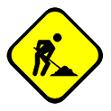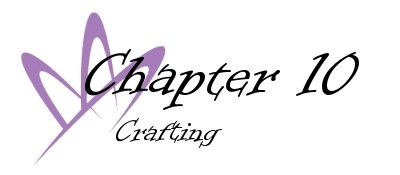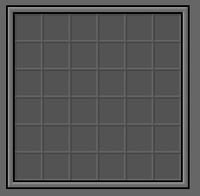Journey: Crafting
Crafting is the third major mechanical subsystem, and - as one of the "big three" - utilizes another metagame mechanic to give it a different feel from other aspects of the game.
Contents
General
Yay for defining general crafting stuff.
Purpose
Crafting is intended to play a large role in Journey. While finding equipment ready-made is not necessarily difficult, it is sometimes easier to find the raw materials needed to make an item - which requires someone to process and refine into whatever it is you need.
Crafting is also important in that it propels the economy of Journey. Without a functioning crafting system, a large part of the economic system in place necessarily becomes transparent, which can lead to issues with attempting to convey a functioning economic system.
In addition, as one of the "big three," crafting utilizes a metagame mechanic that separates it from combat and social encounters. Where combat rewards tactical thinking and social encounters reward roleplaying, the crafting mechanics reward puzzle-solving ability. If you are not good at puzzles, it is not a necessary component, but the nature of crafting items is such that puzzles are able to provide a reasonable abstraction of what is going on in the crafting process - thus those who choose to interact with that particular part of the system are rewarded for doing so.
Basic Crafting
Basic crafting - crafting without making use of the meta mechanic - is rather straightforward.
Crafting calls upon two skills. These are Skill: Engineering, and one other skill, relevant to the material being crafted.
To begin, take the base TN of the item you wish to craft; this becomes the Engineering TN for the item. If you want to make any modifications to the item, adjust the Engineering TN (and possibly the Craft TN, as well) as appropriate. When you are finished, make an Engineering skill check against the TN. Success indicates that you have made a design that will function; exceeding the TN by certain amounts will also result in an improved item (these additional improvements do not result in an increase of the craft TN - they are inherent to your methods, not something you specifically set out to engineer). Failure indicates that the design is not as workable as you thought it was: if your result is less than half (rounded down) the TN, your plans are not workable, and you must begin again; otherwise, your finished item will suffer imperfections that will impact its function, dependent upon the degree of failure.
Once the Engineering check is resolved, make a skill check using the relevant Technical skill, against the base TN of the item, modified for material (and possibly for Engineering modifications). Success indicates that you have crafted the item; failure indicates that you failed in the craft attempt.
Complex Crafting: Puzzles
If you felt that the basic crafting rules did not suffice for crafting, then the complex crafting rules are for you.
Just as with complex combat and complex social encounter rules, however, the complex crafting rules are not necessarily a reflection of your characters' abilities. While the framework is based upon the mechanics of the game itself, when it comes down to it, it is you - the player - who is solving the puzzle, not your character. While your character's abilities and the materials being worked with will modify the nature of the puzzle to be solved, when it comes down to it, it is you and the puzzle.
Starting the Complex Crafting Process
Begin just as you would with basic crafting. When you have the end result, however, do not begin to assign qualities and drawbacks whose total adds up to the result. Instead, you will be given a board, the size of which is determined by the result.
(Table for result => board size goes here.)
Once you have determined the size of the crafting board, then you must determine where any irregularities in the crafting material are located. Lower-quality materials are more likely to have impurities, which diminish your ability to improve the item; similarly, higher-quality materials are less likely to have impurities, allowing you to produce a better-crafted piece of equipment.
The DM has access to rules determining the number and placement of impurities, based upon the quality and type of material you are working with.
Completing the Puzzle
Yeah, so you go in your corner and play with your blocks.
That's how you do.
Magic Items
Here's an idea of how we're going to deal with magic items.
Terms
Of course we gotta define our terms.
Magic Item
- Any item that has been modified and improved via a Force. That is, this is a general term; don't take it to mean just magic, at least for now.
Potency
- As with specials, all magic items have a Potency; this is determined at item creation. Things like dispelling magic items interacts with their Potency.
Power Tokens
- Some magic items only have so much "oomph" they can give; sometimes you can recharge them, other times not so much. A magic item quality will explain whether or not the item uses power tokens, how many it has, and how it can recharge them.
- In all instances, power tokens are a down token mechanic. Max token pool size is determined by how many the item is given.
How to Do
So, now you want to know - how do you make magic items?
All magic items are tied to a force, and as such, require some amount of that force's Lore skills (ie, for actual magic items, it would be Spellcraft and Arcana).
...the journey of a thousand miles...
|
Journey
|
...begins beneath your feet...
| |||||||||||||||||||||||||
|---|---|---|---|---|---|---|---|---|---|---|---|---|---|---|---|---|---|---|---|---|---|---|---|---|---|---|---|
| |||||||||||||||||||||||||||



